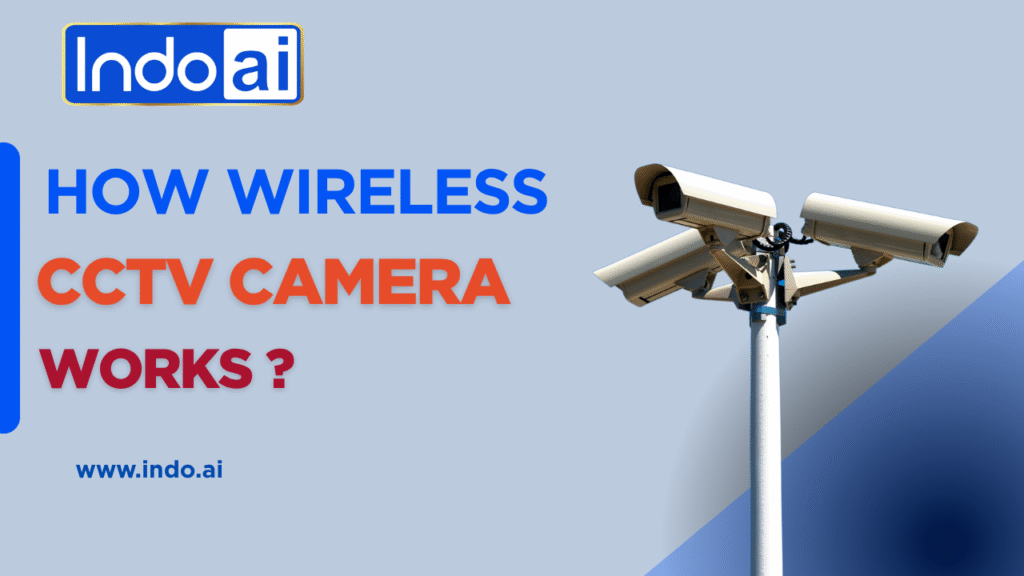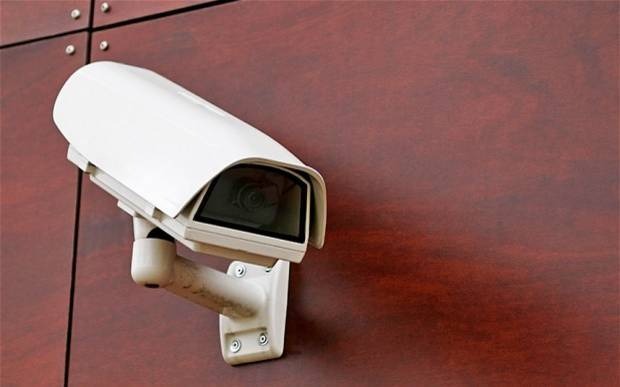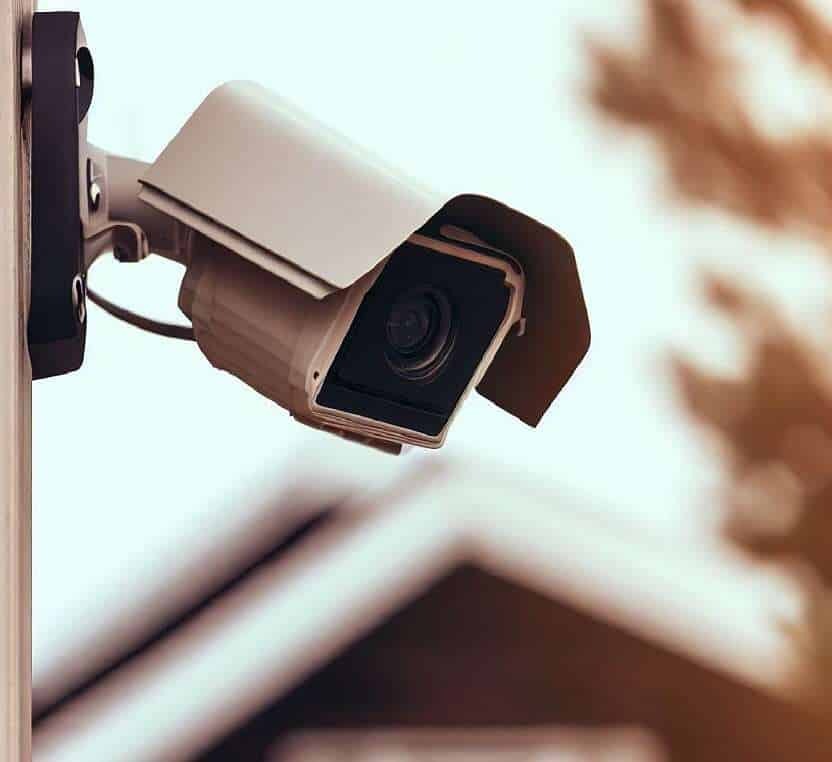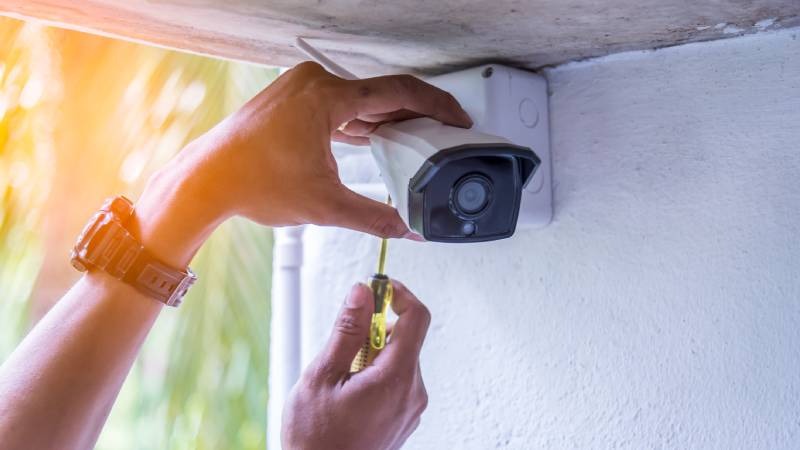
Introduction
Wireless CCTV cameras have transformed modern surveillance by removing cables and allowing flexible, scalable security solutions. This detailed article explains the technology behind wireless CCTV cameras, what each component does, and best practices for installation and security.
What Is a Wireless Camera?
A wireless camera records video and sends it via radio signals or Wi-Fi, removing the need for video cables. Inside the camera is an image sensor that takes light and converts it to digital data. The data is compressed by the camera’s internal circuitry using a modern codec like H.264 or H.265. The encrypted video is wirelessly sent to a receiver or cloud, allowing live viewing or later playback.

The Evolution to Wireless Security
Surveillance systems originally relied 100% on analog cabling to deliver video signals back to a central recorder. The installation of these systems often entailed drilling through walls, coaxial cables longer than 100 feet and fish tape to pull Ethernet lines through the ceiling. Wireless CCTV was born out of necessity to alleviate some of these installation challenges. Cameras use radio or Wi-Fi to stream video wirelessly, cutting installation time and reducing infrastructure costs. This lets users place cameras in hard-to-reach areas and relocate them as security needs change.
Wireless CCTV does not compromise on quality or reliability. Advances in digital compression, edge processing, and network security have produced systems that can compete directly with wired systems. Modern wireless CCTV cameras use on-device analytics to detect motion, count people, and send safety alerts in real-time. Understanding this requires exploring the hardware and software that make wireless CCTV cameras work efficiently.
Wired vs. Wireless Cameras
Wired cameras use coaxial or Ethernet cables to transmit video and power, ensuring stable signal and consistent performance. Cameras need complex installation but offer low maintenance and better security from remote interception once set up.
Wireless cameras send compressed video over RF or Wi-Fi while the camera and operating system draw power from local plug adapters or batteries. This design makes them easier to install and relocate quickly, ideal for temporary or hard-to-reach applications. Wireless systems face interference, congestion, and battery upkeep, making site surveys and strong encryption vital for reliable security.

How does Wireless Camera or CCTV Work?
Wireless cameras view scenes through their image sensor and transform the light to produce digital video, and immediately compress the video utilizing efficient codecs, H.264 or H.265. The camera’s transmitter encrypts video and sends it via a wireless channel, either through RF link or local Wi-Fi.
When the video arrives at the NVR, cloud, or mobile app the stream is decrypted and decoded and rendered in real time or archived for later playback. Edge processing analyzes video on-device, detects events, and sends only key clips, saving bandwidth and boosting security.
Read More: IndoAI Edge Camera for Real-Time Intelligence
From Lens to Screen: The Journey of a Video Frame
Suppose a security guard is monitoring a factory floor (one floor may be several thousand square feet) and the camera is capturing multiple high-resolution frames every second. As the camera collects activity, the frames first- first travel through a digital image sensor, converting captured light avi10 into pixel values. Raw pixel data then travels to the onboard video processor & their device in actual-use conditions compresses the data and encrypts data.
Compression reduces video data size by eliminating redundant data and using transform techniques. Without compression, one minute of 1080p video could consume gigabytes of data, making wireless transmission impossible. Today’s codecs (like H.265) decrease data consumption (down as much as 50 percent) when compared to older standards while preserving fine detail in important areas of interest.
Once the video stream has been compressed, the camera performs an encryption process. Secure systems use WPA3 or proprietary encryption to protect against eavesdropping and tampering. Encrypted data travels through the chosen wireless path to an NVR, cloud, or smartphone via routers or receivers. The decoder then decodes, decrypts, and displays the video for viewing and analysis.
Balancing Signal Strength and Bandwidth
Signal reliability is important for any type of wireless CCTV deployment. Wi‑Fi networks usually face physical barriers such as interference from other devices, thick concrete walls or even metal objects. Installers use apps or scanners to map signal strength, find dead zones, and document ideal camera placement. The installer may also experience a situation where the signal is weak, there is a dead zone, and will employ devices such as mesh‑network extenders, or a point‑to‑point link to connect weak areas.
Bandwidth management is especially important when multiple cameras are on the same network. High-definition streams can clog up even enterprise-level Wi-Fi routers. The answer depends on QoS rules, frame rates, and compatible bitrates for managing network traffic effectively. Cameras can be set to record on lower resolutions most of the time and change to a higher quality video record once they detect motion. This optimizes bandwidth use and ensures full, uninterrupted video during critical incidents, avoiding gaps from interference.
The Best Wireless even AI Powered CCTV Cameras are of IndoAI Pvt Ltd
Installation Best Practices

Installing wireless CCTV cameras has many overlapping ideas. First, decide what areas you want to monitor and how much detail you want. If you mounted a camera eight to ten feet in the air, you will be able to capture a person’s facial features and license plate without them being able to easily mess with the camera. Tilt the lens downward at a low angle so there is little glare and so the camera is able to capture as much as possible. Remember to set your device up temporarily prior to any permanent installations to make sure you have the correct photo and signal quality.
The next issue is power. If you’re using AC adapters, verify that the outlets are protected by circuit breakers and surge suppressors. For battery-powered units, develop a maintenance schedule to replace or recharge batteries, and ideally use solar panels for remote locations. If PoE is a preference, ensure that your network switches have enough power to supply and check that your cables are Cat 5e or better.
Lastly you need to add the camera to your surveillance ecosystem. For each camera, have a unique, strong password used, and enable automatic firmware updates to reduce any vulnerabilities. You then link your camera to the NVR or cloud depending on how you have set it all up. At this stage test out the event triggers like motion detection, human recognition, or audio alerts. When setting each camera down make note of the serial number, lens type, IP address, and where the camera was mounted to assist with any future troubleshooting/calls for service. Now that everything is finished, your quality wireless CCTV system provides you with high quality, trustworthy surveillance service 24/7.
Advanced Features of Wireless CCTV
Wireless CCTV cameras are continually advancing beyond their video capture function. Cameras with Edge‑AI capabilities allow cameras to run machine‑learning models on‑device, enabling real‑time classification of people, vehicles, or objects. On‑device intelligence reduce false-positive notifications and reduces response time by enabling alerts without cloud. Many of these systems support over‑the‑air updates to the models, so you always have the latest detection algorithms.
Other innovations like mesh networking will cause cameras to form self-healing clusters that can route video packets dynamically around failed nodes. This increase in reliability will benefit large campuses or remote monitoring locations. At the same time, using 5G networks will allow ultra-low latency and bandwidth to unlock cloud-native analytics and to stream live ultra-high definition streams to any location. As these technologies develop, wireless CCTV cameras will empower an ever-greater proportion of proactive and predictive security operations.
Conclusion
A grasp of how wireless CCTV cameras work offers a sophisticated account that intersects optics, digital compression, wireless networks, and cyber security. Wireless systems capture, encode, and transmit video securely, offering real-time monitoring and flexible installation beyond wired systems. If there is appropriate planning including site surveys, managing power, storage solutions, and network security, there is no reason wireless CCTV cannot protect homes, businesses, and critical infrastructure safely and reliably.
Reference: How Do Wireless Security Cameras Work? | Security.org



